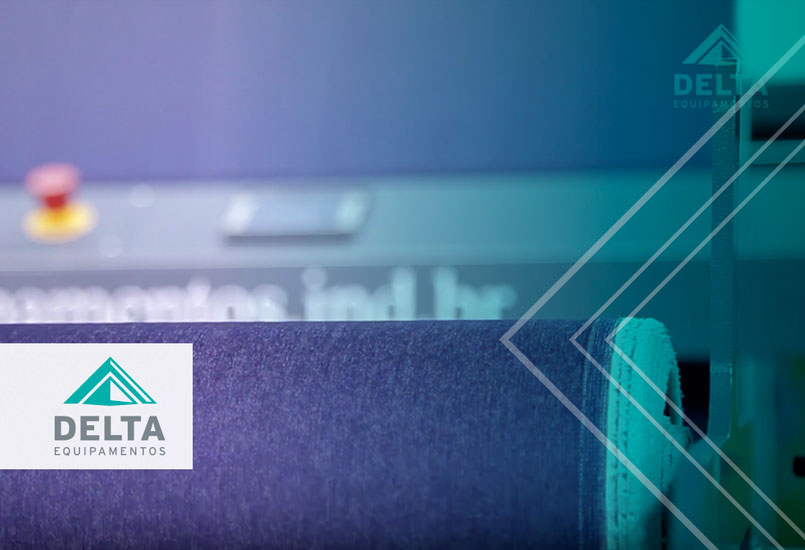Waste in manufacturing is very harmful and can have financial consequences for the industry.
Taking into account the competitiveness of the market, avoiding it can be decisive for the organization to achieve success in its segment.
Therefore, if you notice that there is waste during production processes, you need to devise strategies to combat the problem. In this article we separate 4 ways to do this. Check it out!
1 – Empower the team and avoid waste in manufacturing
The first step must be training the team, after all, well-prepared employees are able to carry out their activities more efficiently and, as a consequence, avoid waste in manufacturing.

In addition to providing training, it’s important to hold regular meetings to monitor the applied processes, provide feedback, and listen to tips and solutions that employees may have to contribute to this task.
2 – Implement Quality Control
Quality control is vital to prevent waste in clothing manufacturing. To begin with, it allows us to identify when received inputs are of poor or deficient quality. This can even be done in an automated manner through the Knit Reviser.

At this stage, it’s possible to detect stains, holes, and analyze fabric information to verify if it matches the data transmitted by the supplier.
When the result is negative, the industry can return it due to non-compliance and prevent the manufactured pieces from being rejected by quality control at the end of production when they are ready.
Moreover, efficient quality control includes data collection, which can help control production demand. This way, it’s easier to know when to produce according to the sector’s seasonality.
3 – Avoid Cutting Waste in Manufacturing
Incorrect cuts are one of the main reasons for the emergence of unusable scraps, leading to waste. Therefore, planning the cut avoids leftovers and helps combat this problem in production.
Therefore, planning the cut avoids leftovers and helps combat this problem in production.
A simple way to do this is by adopting Artificial Intelligence (AI) in processes. Equipment and systems that collect and manage data can provide information such as usable area, fabric weight, roll yield, and other data.
With this information at hand, it becomes much simpler to determine the appropriate cut for each fabric, thereby reducing waste.
4 – Use Efficient Concepts and Technology to Reduce Waste in Manufacturing
Investing in machinery is sometimes seen as a cost, something to be done when the company has money “left over” and often gets postponed. This is a mistake, especially because old equipment and concepts usually consume more energy, time, and produce less.
Moreover, purchasing machinery can increase productivity and reduce operational costs. An example is purchasing a Relaxer, which reduces relaxation time from 48 hours to a few minutes, exponentially increasing the industry’s production capacity.
https://youtube.com/watch?v=_MN_RLX22_Y
Investing in machinery can also help implement improvements in quality control, as mentioned in the section on quality control.
Reducing waste not only helps your company generate more profits and increase productivity but also contributes to sustainability, a topic that is currently in the spotlight due to the need to minimize environmental impact.
Additionally, many consumers prefer to choose brands that share concerns about the environment. This means an improvement in the company’s image and the loyalty of its customers.
And you, have you already adopted some of these strategies? Now that you know how to avoid waste in clothing, just put the tips into practice and enjoy the benefits.
If you want to know how to further optimize the growth of the textile industry, check out this article with the 4 problems that hinder it from occurring!


![E-book]How to ensure quality control in the textile industry?](https://deltamaquinastexteis.com.br/wp-content/uploads/2019/04/ebook-como-garantir-o-controle-de-qualidade-na-industria-textil.jpg)